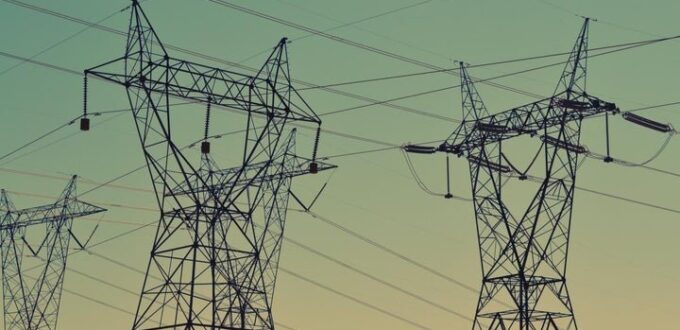The popularity of Bitcoin (BTC) and other cryptocurrencies like Ethereum (ETH) and Dogecoin (DOGE) has exploded.
Celebrities like Elon Musk, CEO of Tesla (NASDAQ:TSLA) are constantly tweeting about it. And institutional money has flooded in from the likes of Greyscale Bitcoin Trust (OTC:GBTC) and CitiBank (NYSE:C).
This increased popularity has driven adoption and, in so doing, created an arms race between large-scale Bitcoin mining companies like Marathon Digital Holdings Inc. (NASDAQ:MARA), Riot Blockchain Inc. (NASDAQ:RIOT), and Mawson Infrastructure Group Inc. (NASDAQ:MIGI). These companies contribute huge amounts of computing power to the Bitcoin network and, in so doing, help secure it. They are essential to keeping the network running smoothly.
At the core of their business is power. Electrical power. Bitcoin mining employs specialized computers called application-specific integrated circuits (ASICs) to process incredible numbers of computations per second. These computations allow the network to function. And these ASICs are very power-hungry.
For context, the Antminer S19, a popular ASIC, uses 3,250 watts of power. The machines run 24/7, 365. So 1 ASIC consumes 78 kilowatt-hours (kWhs) of energy in a day and 28,470 kWhs in a year. That’s almost as much energy as 3 average American households use in the same amount of time. And that’s 1 machine. Most of these companies run tens of thousands of machines at once.
If one thing is true for these companies, it’s that power is king. Access to cheap, abundant power is perhaps the single most important factor in a Bitcoin mining operation’s ability to thrive.
These companies know this and are competing to secure the most reliable and cheap energy they can find. This is not easy. As the companies grow their operations, access to power is often a bottleneck. It is the limiting factor.
Mawson has worked diligently to provide itself with room to grow. It builds its own facilities, chooses its sites carefully, and secures long-term leases. This means the company is in the driver’s seat and not at the whim of a 3rd-party hosting company.
The company currently has 2 U.S. facilities with a combined 200 megawatt (MW) capacity by Q1 2022, and significant opportunity to expand the size of these facilities over time. Mawson recently announced a new 100MW facility in Pennsylvania. It is building out these facilities and plans to secure another U.S. site and 2 Australian sites to grow to a 1,000 MW capacity by 2023. This 5 times increase will allow Mawson to deploy tens of thousands of additional miners and continue to grow that capacity without fear.
In the race to secure cheap, reliable (and sustainable) power, Mawson seems to have a leg up on the competition.

No Comments Yet